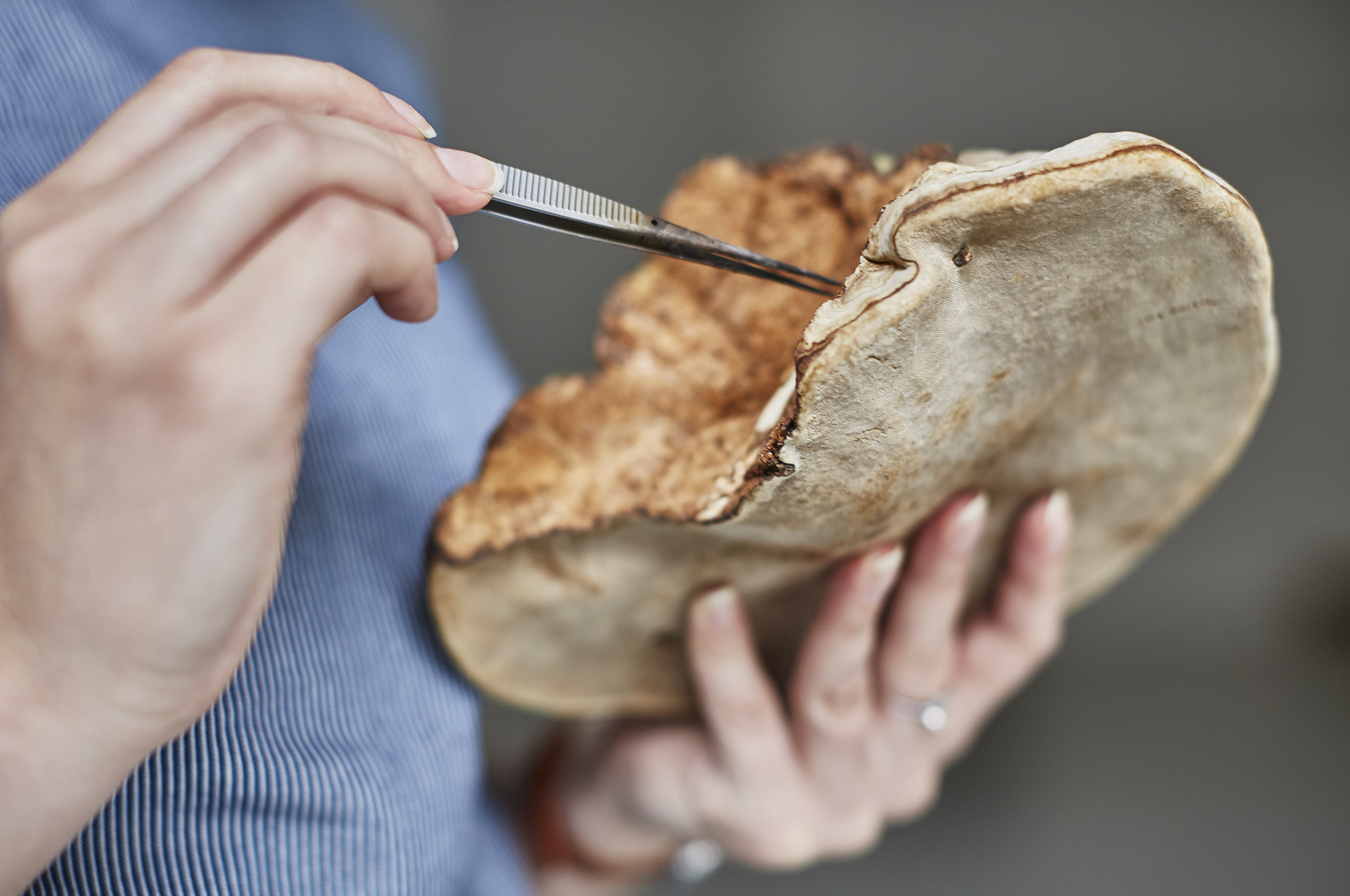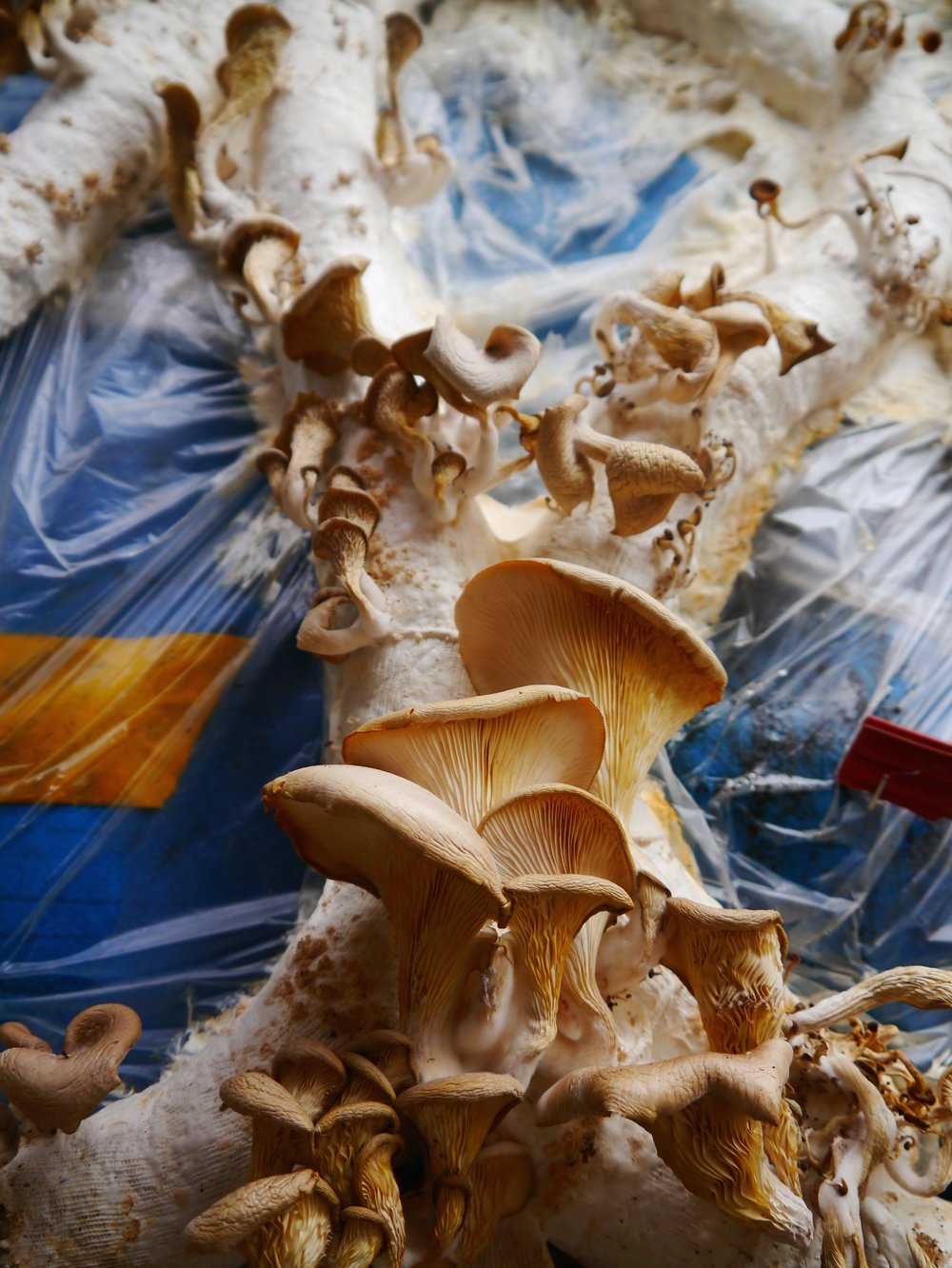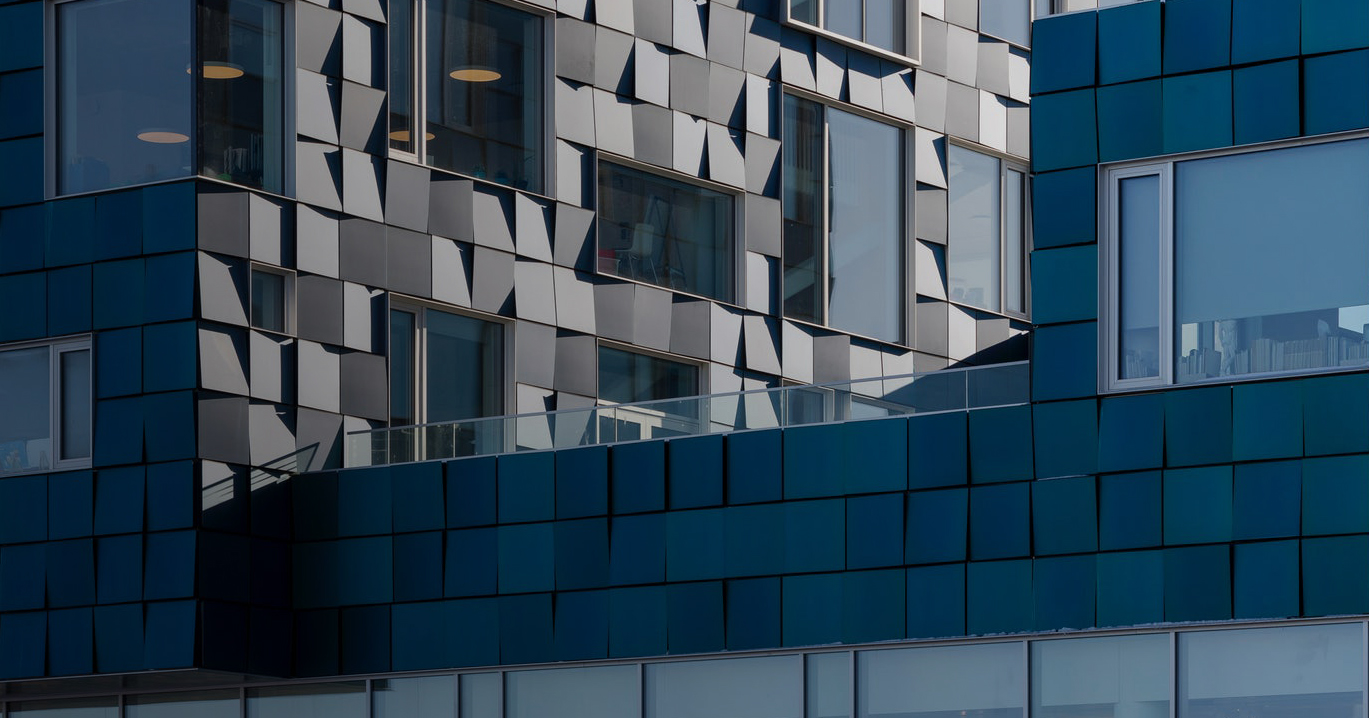Architects: Showcase your next project through Architizer and sign up for our inspirational newsletter.
Over the past couple of years, mycelium has gained growing recognition as a useful building material and ripe platform for design innovation. Defined as the vegetative part of fungus, mycelium is a bacterial colony that consists of a complex web of branching called hyphae. With the right nutrients present, mycelium can grow in a wide range of simple organic materials, including straw and other forms of agricultural waste, and when treated, the network of threads transform into a material that is impressively waterproof and able to support a large amount of stresses.
It is hard to say if or when mycelium-based materials will be produced on an industrial scale. However, as we see its growing usage in various architecture and design experiments, it is certainly worth paying attention to. In this collection, discover just three projects that are leveraging the unique strengths of mycelium, exploring an approach to design that celebrates, rather than diminishes the capabilities of natural materials.

Image via Sebastien Cox

Image via Sebastian Cox
Mycelium Furniture by Sebastian Cox and Ninela Ivanova
British furniture designer Sebastian Cox teamed up with Ninela Ivanova — an interdisciplinary designer and researcher who has been investigating mycelium for over seven years — to explore the potential of mycelium in commercial furniture design. For years, Cox had been searching for a natural alternative to the glue that is so often used in engineered wood, and saw mycelium as a ripe avenue for exploration in sustainable manufacturing.
The team wanted to see how mycelium could be harnessed to create everyday products, such as stools and light fixtures, finished with an aesthetically beautiful suede-like texture. To achieve this, Cox and Ivanova combined mycelium with scrap willow wood from Cox’s own woodland. “It’s not just about the fungus, it’s about the marriage of the two materials,” said Ivanova. “These two materials have a natural relationship in the woodland, so let’s see how we can exploit that.”

Image by Carlina Teteris via Block Research Group

Image by Carlina Teteris via Block Research Group
Mycotree by Dirk Hebbel and Philippe Block
Mycotree is a tree-shaped self-supporting structure that consists of dozens of mycelium components, which were formed from the root network of mushrooms. The innovative structure was created by Architect Dirk Hebel, the leader of the Sustainable Construction unit at Karlsruhe Institute of Technology, and engineer Philippe Block, the founder of the Block Research Group at ETH Zürich.
Although the components are attached to one another through a system of bamboo endplates and metal dowels, the mycelium is what supports the load of the structure. The designers were eager to show that when weak materials are coupled with novel design techniques and complex digital fabrication, it is possible to create a final product that is actually quite strong. According to Hebel and Block, if designed with the right geometries, mycelium could form the structure of a two-story building.
The mycelium blocks used for MycoTree were designed through a 3D modeling program developed by Block’s team at ETH Zürich. To fabricate the blocks, mushrooms spores were combined with a mix of sawdust and sugarcane. Once combined, the fungus began to consume these nutrients and transformed into a dense, spongy mass after only a few days. Finally, the material was dehydrated in order to halt the growing process.
The team plans to continue this research by testing the strengths of various mushroom species, exploring the effects of different nutrient mixes, and experimenting with diverse growing conditions.

Image via Mandin

Image via Mandin
Grown Structures by Aleksi Vesaluoma and Astudio
Aleksi Vesaluoma — a student at London’s Brunel University — worked alongside architecture firm Astudio, to explore the potential of oyster mushrooms as an environmentally friendly construction material. Vesaluoma developed a technique in which mycelium is mixed with cardboard, and then formed into “mushroom sausages” using a tube-shaped cotton bandages. Finally, the sausages are placed onto a mould and left to grow in a ventilated greenhouse for four weeks, until they are bound together like glue.
Exploring the structural potential of mycelium is one important example of the ways that architecture can be grown from the bottom-up, rather than by consuming resources and creating waste. According to Vesaluoma, mycelium materials are a “great example of why we need to trust the intelligence of nature in helping us create more regenerative” approaches to manufacturing.
Architects: Showcase your next project through Architizer and sign up for our inspirational newsletter.








